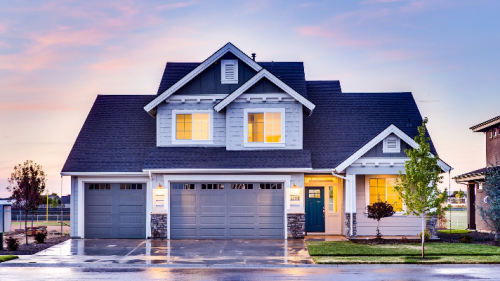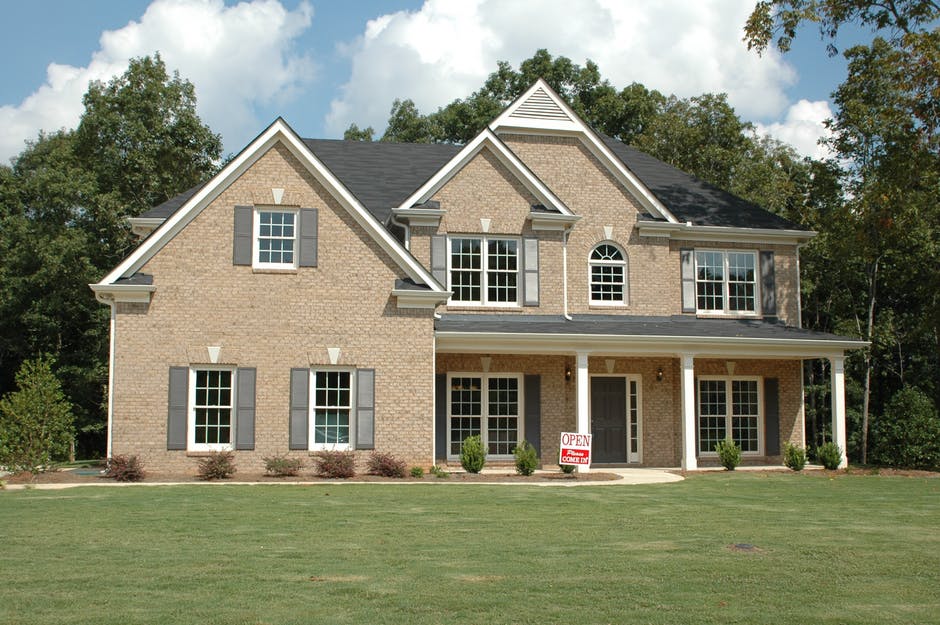What You Need to Know About Owning a Home with a Special Needs Child
Every family and child are different, and that means that your home will inevitably require different qualities depending on where you are in your journey as a family, where you live and what your personal preferences are. However, if you’re on the hunt for a home that works for you and the accommodations that you need in order to best care for your child, there are a few things that might be important to think about along the way. From the budget to the details within the home itself, here are a few things that you might need to know about owning a home with a special needs child.
Contents
1. There are Grants and Loans
You may not have known this already, but there are many grants and loans that are available to families of disabled and differently abled kids. Getting a mortgage with a disability might be a lot easier than you think. There are special mortgages that exist for people with disabilities and for parents buying homes with disabled children. Fannie Mae is one of the most popular programs for this, as it only requires a 3% down payment that doesn’t have to come out of your own savings.
2. Every Family Is Different
This can be true for all families, not just families of children with special needs. Every family is different, and it’s important to evaluate your specific needs and the accommodations that are the most important in order to find a home that works for you. Think about the priorities just like you would for any home and go based on what’s available in your area.
3. Small Steps Are Still Steps
Having special needs doesn’t necessarily denote mobility accommodation requirements, but it definitely might. One thing to consider if this is a part of the case is that even small steps can be a hurdle to get over if mobility is a challenge. If mobility is a part of the challenge, you can install ramps or even install residential elevators if you have the space in order to make things easier on you and your family. Alternatively, you can also look for homes that already have these features, so you don’t have to worry about installing anything.
4. You Can Take Accessibility Measures
This can be especially important to remember if you live in an area that doesn’t have a variety of options in terms of style, but it’s absolutely possible to take accessibility measures on your own in order to make your home a safe and comfortable place for everyone. Just like saving room in the budget for renovations after you buy a house, you can leave room in the budget for accessibility measures to take place after you move in.
5. Remember the Small Details
Even though some of the bigger details like stairs and levels can be extremely important, remembering the small details can be extremely helpful when you’re working out the specifics of moving in and making yourself and your family comfortable. Whether you need specific color coding, cushions in certain places, railings, special furniture that makes mobility easier, these are the details that come along with owning the home — not even necessarily looking for a home to buy or buying one.
6. Go for Single Floors
If mobility is a challenge, you often encounter and installing ramps or residential elevators isn’t a part of your budget or vision, one of the best ways to make things work is to go for a rancy-style house or a house that only has one level. Even when you do that, you may not be completely in the clear. Remember that even a few steps at the entryway and partial drop-offs can sometimes pose issues, so be prepared to install small ramps or be meticulous about your selection of a true single-floored home.
7. Rethink the Flooring
Even though carpeting can be soft and forgiving in theory, there are some who don’t do well with carpet, as it can be difficult for mobility, especially for those who use mobility aids. If you find a place you love with carpeting, you can try it out for a while to see how you like it, but you may also find yourself wanting to install hardwood or vinyl flooring for a smoother and easier experience.
8. Embrace Change
Just like any other home or family, you’ll recognize as time goes on that there re some things that work for you and some that simply don’t. Embrace the change that comes along with growing and developing as a family, and don’t be afraid to renovate or change things up as needed. That’s what being at home is all about!
Owning a Home With a Special Needs Child
There are so many things that come along with owning a home, and even more so when kids are in the picture. No matter what the specific accommodations are that you need to think about in terms of your child, there are so many things to learn and so many ways to grow when you make a home for yourself and your family.




